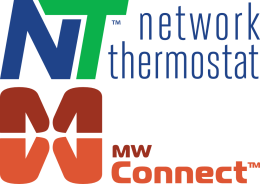Unless you have studied your commercial electric bill you may not have noticed the Demand Charges section. Demand charges are part of your fees, but are more complicated to understand than connection fees, energy usage, and other fees and taxes.
Typically based on Time Of Use (TOU), Demand Charges are additional fees on top of the standard energy or usage charges. It can be shocking to discover how significant Demand Charges are compared to the total energy bill. Demand Spikes (Peak Demand), recorded over a 12-month analysis of your energy usage during “Demand Periods, can directly determine your energy tariff, increasing your overall energy costs.
4CP Events, a type of demand response, initially referred to utilities offering financial incentives to their customers for reducing consumption during “energy events”, such as high heat index days. The number 4 refers to the months of June through September and CP stands for Coincident Peaks. By reducing usage to pre-agreed amounts (ex. 20% reduction for a specified number of hours), organizations are rewarded with cheaper overall commercial electricity rates and penalized with higher fees if not in compliance.
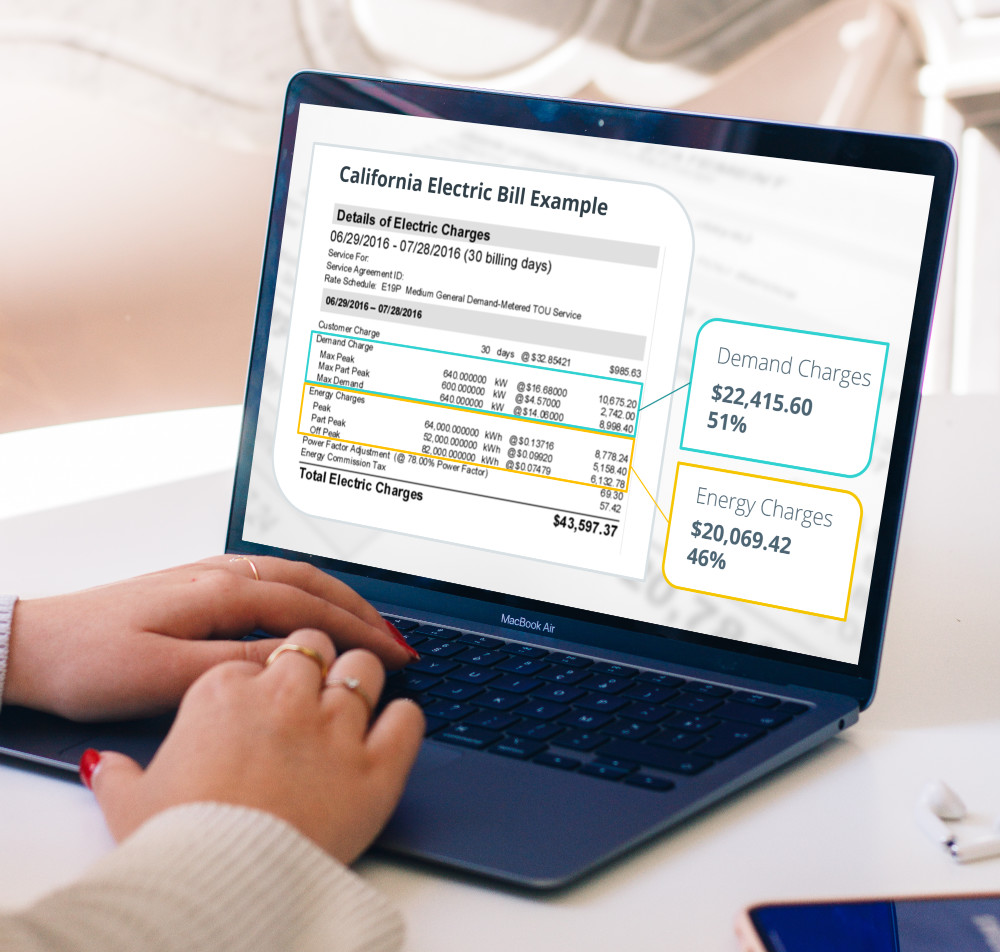
(NetX Weekly Schedules)
Use NetX To Reduce Energy Costs
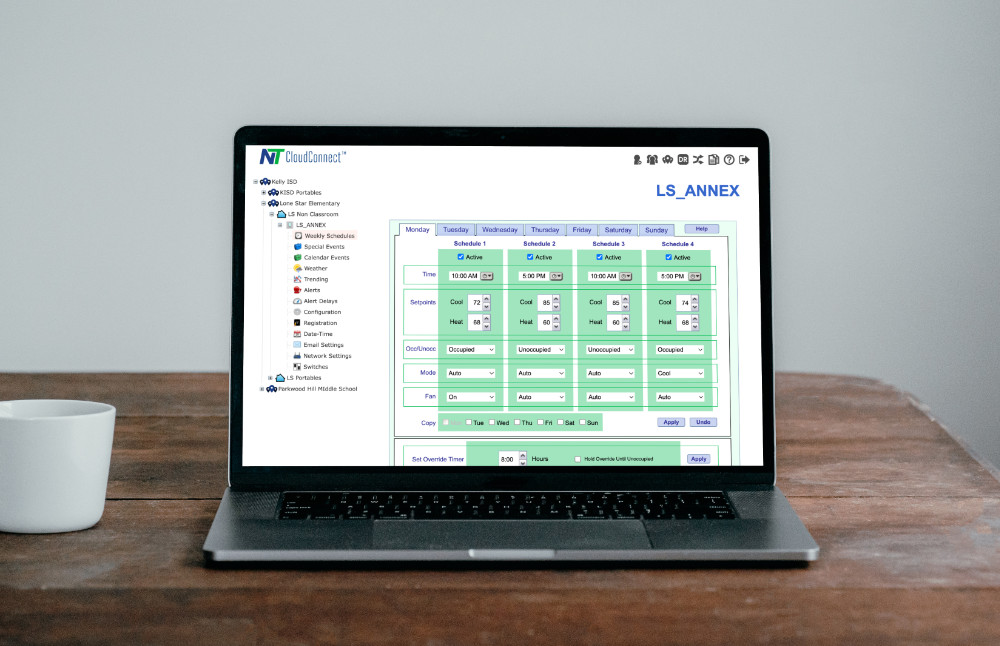
(NetX Weekly Schedules)
A great place to start lowering energy costs is to reduce your demand spikes. Heating and cooling are one of the greatest peak energy sources in your facility.
Weekly Schedules
Use NetX To Reduce Energy Costs The best place to start to reduce energy costs is to reduce your demand spikes. Heating and cooling are one of the greatest peak energy sources in your facility.
To help lower your Demand charges, use the Weekly schedule tool to optimize daily HVAC use. Offering 4 events per day, our weekly schedules are identified by occupied and unoccupied times. Our NetX CloudConnect makes it easy to create a schedule on one thermostat and copy it to other thermostat groups of your choosing.
Demand Response Tool
Reacting to utility company requests to lower consumption is easy with the Demand Response tool in NetX CloudConnect. Using Demand Response, facility managers can update thousands of thermostats in minutes. Start and stop time, and thermostat setback settings are easily configured. These settings are copied to the appropriate thermostat locations. The parallel processing of the cloud means thermostats are updated quickly, even on sites with 1000 thermostats or more. This allows you to take advantage of the demand without sacrificing your entire day.
Mass Override Tool
If a call from your utility company requires a more immediate response to avoid brownouts or blackouts, use our NetX CloudConnect Mass Override tool. The Mass Override tool begins the setback immediately with your set points and duration.
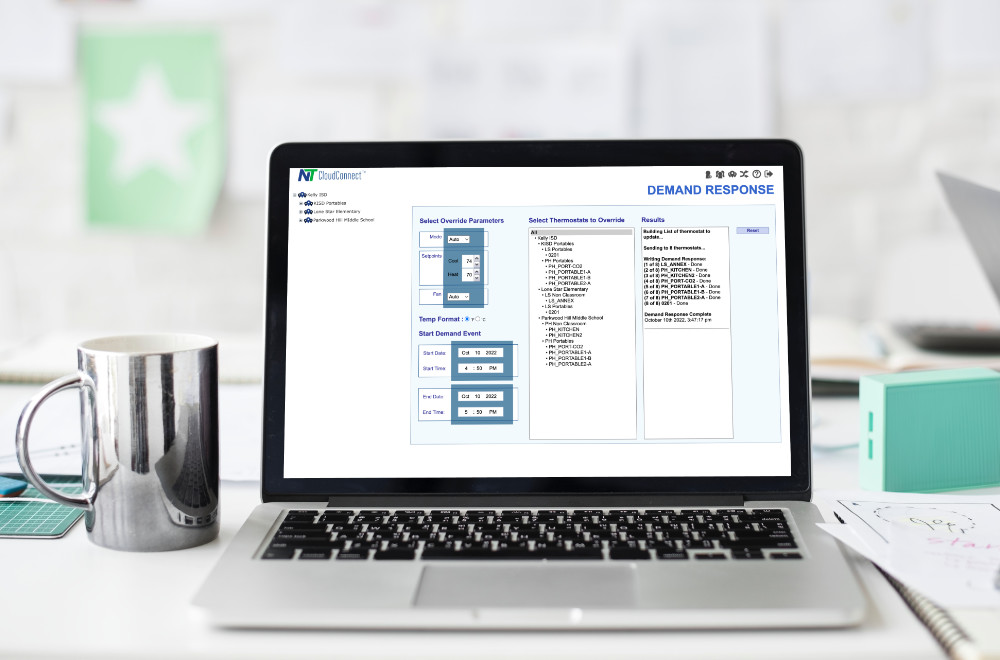
(NetX Demand Response Tool)
Adaptive Recovery & Randomized Restart
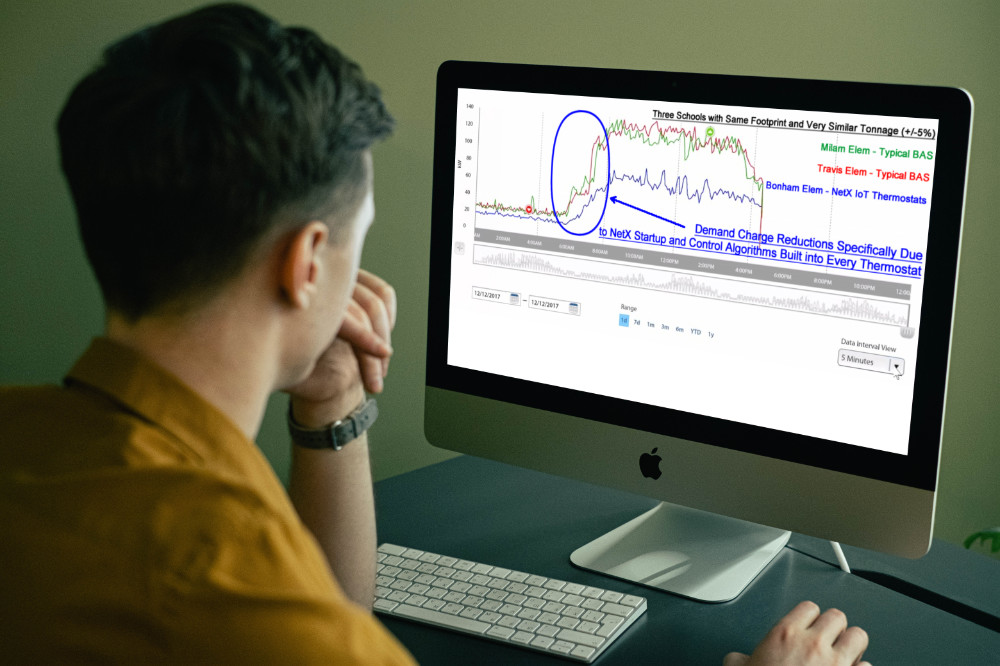
(Enel X Energy Comparison)
Utilities around the country calculate demand charges on 15-minute interval data and focus in on the most energy used during that time period. These demand spikes are then multiplied by the utility’s rate which can be an escalating rate over time.
One peak (say from starting your HVAC units in the morning) can determine up to 50% of your energy costs for the entire year!! Recognizing this, the NetX team created Adaptive Recovery. It works in two ways.
First, all NetX thermostats are designed to randomize start times. This slight variance in the start time smooths out the total initial energy demand for the HVAC systems. The second is equally impressive. Our NetX algorithms evaluate how long it takes for an HVAC system to bring the temperature to the desired setpoint. If your schedule calls for the temperature to be 74 ˚F at 9 am, the NetX thermostat will slowly and methodically start the HVAC system earlier so that at 9 am the temperature is actually 74˚F. Since each thermostat and HVAC system will vary, the start time peak loads will be distributed over time reducing the chance of an unwanted peak energy spike.
Results
Taken from an Enel X energy management software, the above graph includes three schools; two BAS (building automation system) in green and red and NetX in blue. Each school has the same footprint with a very similar tonnage. As you can see, the integrated NetX Smart[er] technology prevents multiple HVAC units from starting at the same time, demonstrating the power of NetX Demand Peak management.
Using NetX can reduce your HVAC energy costs significantly, even compared to existing, more costly, building automation systems. Upgrading to Netx Thermostats is simple and the savings are immediate. To learn more about NetX can help you save money on your HVAC energy bills request a live demo today.

(NetX Calendar Events)

